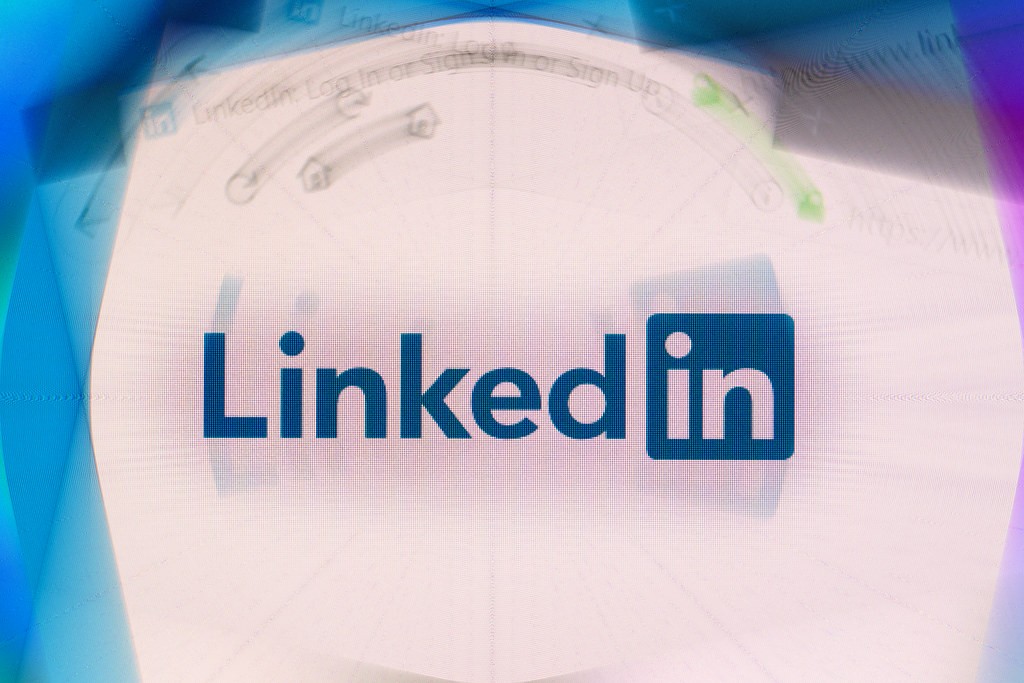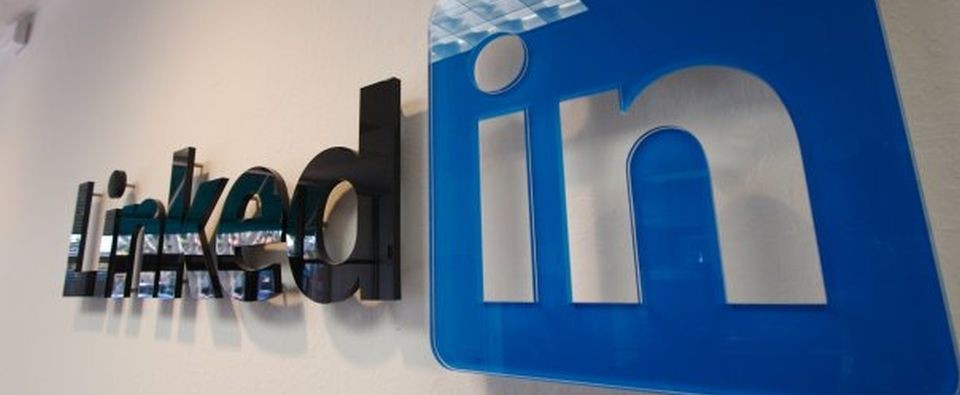- 15-02-2024
Leveraging LinkedIn: Strategies for Effective Networking and Job Hunting

LinkedIn has become an indispensable tool for professionals looking to expand their networks and uncover job opportunities. With over 700 million users, this platform offers a wealth of connections and resources that, when utilized effectively, can significantly enhance your career prospects. To make the most of LinkedIn, it's important to approach it with a strategic mindset, focusing on building a robust professional identity, nurturing your network, and engaging with the platform's features to maximize your visibility to potential employers and collaborators.
In this digital age, your online presence is often the first impression you make on recruiters and industry peers. A well-curated LinkedIn profile acts as your virtual resume, business card, and portfolio all in one. It's crucial to ensure that every aspect of your profile, from your photograph to your listed experiences, communicates professionalism, competence, and a clear understanding of your industry. By treating your LinkedIn presence with the same care as you would a face-to-face meeting, you set the stage for fruitful networking interactions and job search success.
Crafting a Stellar LinkedIn Profile

Your LinkedIn profile is the cornerstone of your online professional persona. To stand out, it's essential to create a compelling narrative that showcases your skills, experiences, and career aspirations. Start with a professional profile picture that reflects your industry's norms, followed by a headline that succinctly highlights your current role or the value you bring to your field. Your summary should tell your story, emphasizing your unique strengths and career trajectory. This is not just a list of job titles and duties; it's an opportunity to illustrate your professional journey and aspirations.
When detailing your work experience, go beyond job descriptions. Highlight significant achievements, projects, and the impact you had in each role. Use metrics and specific examples to quantify your contributions. Additionally, make sure to list relevant skills, obtain endorsements from colleagues, and seek recommendations that can vouch for your expertise and work ethic. This not only enriches your profile but also increases its visibility in search results, as LinkedIn's algorithm favors profiles with comprehensive information and a high level of engagement.
Expanding Your Network Strategically

Networking on LinkedIn isn't just about adding as many connections as possible; it's about building meaningful relationships. Start by connecting with people you know personally and professionally. Personalized connection requests often yield better results than generic ones, so take a moment to mention how you know the person or why you're interested in connecting. Once you've established a connection, maintain it by engaging with their content, sharing relevant articles, and reaching out periodically with updates or to catch up.
As you grow your network, consider reaching out to industry leaders, alumni from your alma mater, or members of LinkedIn groups in your field. When approaching someone new, explain why you're interested in connecting and what common ground you share. This could be as simple as having attended the same conference or having mutual professional interests. Networking is a two-way street; always think about how you can provide value to your connections, whether it's through sharing insights, providing introductions, or offering support in their endeavors.
Engaging with Content and Communities

To be visible on LinkedIn, you need to be active. Regularly post updates, share interesting articles, and contribute to discussions. This demonstrates your ongoing involvement in your field and helps keep you at the top of your mind among your network. When posting, aim for quality over quantity. Thoughtful commentary on industry trends, insights from your experiences, or sharing projects you're proud of will resonate more than frequent, less substantial posts.
Joining and participating in LinkedIn groups related to your industry is another excellent way to engage with a like-minded community. Groups provide a platform to ask questions, share knowledge, and connect with professionals who have similar interests or challenges. Being an active group member can lead to new connections and even job opportunities as you demonstrate your expertise and willingness to contribute to the collective knowledge of your industry.
Navigating the Job Search on LinkedIn
LinkedIn offers robust job search tools that can be tailored to your specific career interests. Use the job search function to filter opportunities by location, company, and role, and set up alerts for new postings that match your criteria. When you find a job you're interested in, examine the company's LinkedIn page to learn more about its culture and values, and see if you have any connections who work there or can introduce you to someone who does.
Before applying, tailor your LinkedIn profile to align with the job description. Highlight relevant experiences and skills that demonstrate you're a strong fit for the role. If possible, reach out to the hiring manager or recruiter with a personalized message expressing your interest and summarizing your qualifications. Taking the initiative to make a personal connection can set you apart from other applicants and increase your chances of landing the job.
By following these strategic approaches to LinkedIn, you can effectively network, find job opportunities, and advance your career. Remember, LinkedIn is a powerful tool, but it's your active engagement and authenticity that will ultimately drive your professional success on the platform.